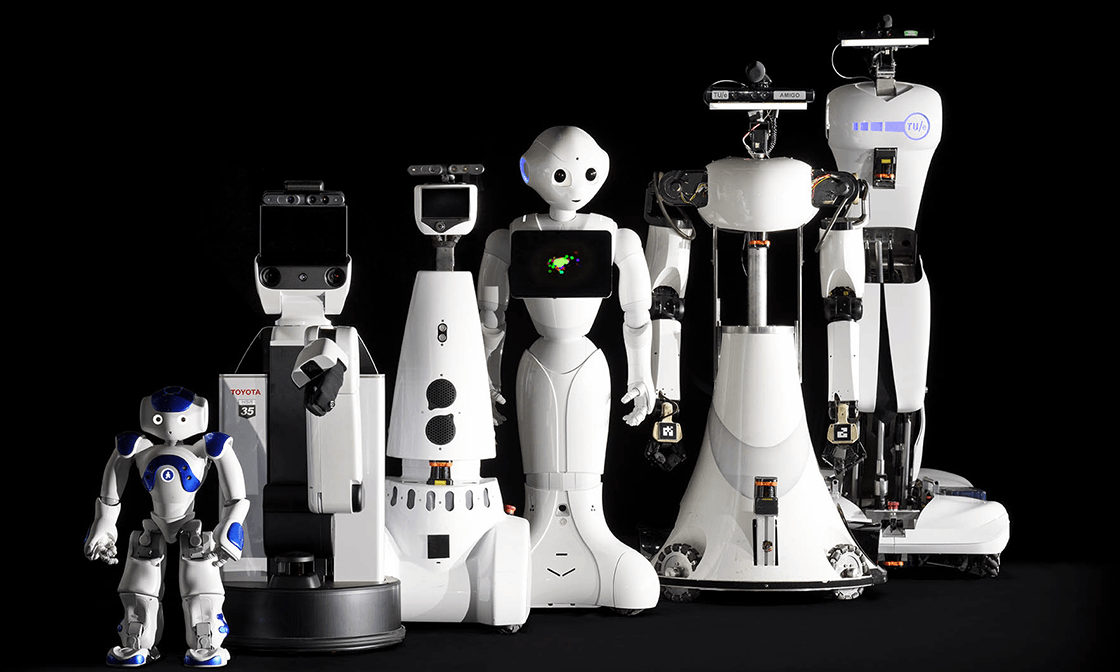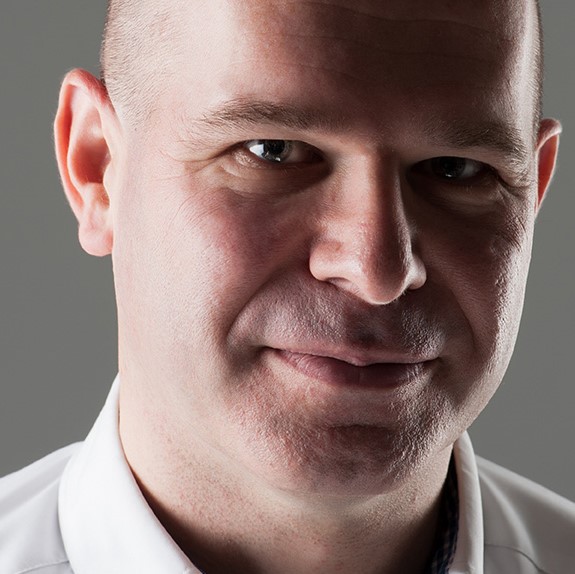Huub Vroomen – Diversey’s Executive Director, Research and Development – considers how collaboration to develop a new generation of autonomous robots will boost the cleaning industry and help to overcome our fears of a robotic future.
If the warnings are to be believed, robots are a threat. Many observers predict the use of robots will impact employment, with effects felt in every commercial sector. The cleaning industry is no exception, as many cleaning and maintenance tasks are perceived as low-skill and therefore at risk. Potential disruption from advances in robotics is prompting many facilities services providers to consider their business models, skillsets and operations.
Diversey removes the fear factor
Should we really be fearful of robots? Isn’t this just another example of a fear of change – one that all new technology has had to face? Every technological change brings its own uncertainties and challenges. Too often this fear blinds us to opportunity. At Diversey we see no reason to be afraid of robotics, either as an inevitable precursor of job losses – or as a rapidly advancing technology whose time has come.
For robotics technology this discussion comes at an important moment. We stand at the intersection of those who were early adapters and the application of robotic technology in the mainstream. For the cleaning industry Diversey has always been among the pioneers in this field, as our achievements with the TASKI SWINGOBOT 2000 confirm.
However, we are not unique in this aspect. Many industries are facing challenges with the adaptation of robotics, and how to introduce this new disruptive technology. We consider the most effective way to advance understanding is therefore a close cross-sector cooperation, through combining technologies and forging partnerships to pool knowledge. We must create the future of robotics together to help resolve the fear and develop efficient solutions.
A robot’s world view – a unique cooperation
As an example of such a cooperation, Diversey – along with Eindhoven University of Technology (TU/e) and four other leading European industrial companies – are undertaking pioneering research in the field of robotics. Our four-year project is called FAST – new Frontiers in Autonomous Systems Technology. Between us, there’s a wide range of applications covered, including: agriculture, internal logistics, inspection robots, high-tech bakery equipment and professional cleaning. To be a part of this exciting example of cooperation between science and industry is a unique opportunity for Diversey to help educate students and engineers in shaping the future of robotics together.
The aim of this combined research project is to develop mobile industrial robots with an open world view that adapts to changes in their working environment. In effect, we are helping the robots to understand what they see. This will help the robot to adapt better to their environment, and to the humans around it. Making the robots more “smart” will help to create acceptance and speed up the introduction of robots.
To achieve fully autonomous cleaning robots would represent a significant breakthrough. This is not science fiction, we expect that before FAST’s four-year project span is over that some of the technology will be available in our products. The unique knowledge that the TU/e has created with their football and healthcare robots is thus combined with the application knowhow gathered by each of the industrial partners.
It’s a matter of choice
From our collaboration with TU/e, we want to develop our current technology one step further, whereby robots will be able to make choices based on their observations. Imagine: a robot that can decide which route to take on the basis of its own complete understanding of its world?
As an example, a cleaning robot could be trained in making a distinction between obstacles, differing between a plant, a human being and a piece of furniture. Each of the obstacles would trigger different behaviour, where a plant and furniture are approached very closely, but a human being is granted some “comfort distance”. Judging how people react, perhaps the robot can even ask politely if it may pass to continue its cleaning job.
Making robots talk with people depends on customer preference and acceptance. We will have to assess whether people like it or not, or if there’s a clear need? These type of investigations are also part of the FAST project, and aim at improving the acceptance of robotics to the general public.
Far more than going from A to B
All participating companies have their own ideas for robot applications. Driving accurately from A to B will be common to all robots developed by the project. Solving how to react best when something unexpected happens is key and differs per application.
An awareness of the environment and how to negotiate space gives robots flexibility to work in areas where change is constant – think of the reception area of a large company, or a hotel foyer? When cleaning robots are used, the environment does not have to be fenced off or demarcated and specific zones or reference points will not be required.
Facilitating the future
Diversey are developing next generation, smarter robotics which will create new jobs requiring high – though different – skillsets. Technological innovations will not be at the expense of manpower. We don’t see robots replacing people. Rather they will act as facilitators, saving a cleaner time so that they can do more complex tasks that they might not usually have time for.
Robots support the workforce. Diversey have shown that anyone who can operate a normal TASKI can also work with our robot. So, it is possible someone could retrain from being a cleaner to become a robotics operations employee. And what is there to fear when robotics is creating this whole new world of opportunity?



